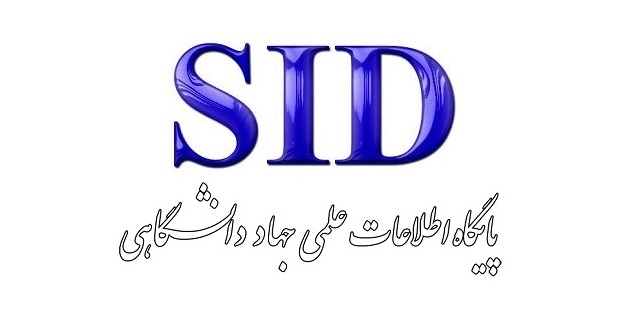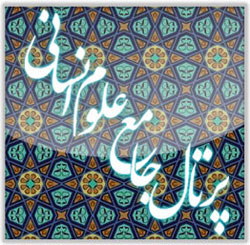Analysis of Folklore in the Sociology of Literature of Sahabi Estarabad
Keywords:
Folklore, Popular Culture, Sociology of Literature, Sahabi EstarabadAbstract
The aim of this research, written using a descriptive-analytical and library method, is to examine folklore and the various dimensions of popular beliefs in the works of Sahabi Estarabad. Folklore in any land includes beliefs and ideas that have formed over many years, reflecting the way of life and the spiritual and material existence of its people. It explains well the historical and cultural authenticity and background of that society. Since poets and writers of any era are considered among the enlightened and intellectual classes of that society, and in a way, the articulate voice of the community, ancient beliefs and popular convictions are inevitably seen in their works. Sometimes, understanding these beliefs and convictions is essential for correctly interpreting their intended concepts. Among the prominent and famous poets of Persian literature in the 15th and 16th centuries CE, Sahabi Estarabad is noteworthy for his special attention to the culture of the people. Findings showed that folklore can be categorized into four titles: "Customs and Rituals," "Popular Beliefs and Convictions," "Religious Beliefs and Convictions," and "Popular Language." Religious beliefs and convictions are the most prominent in the writings and minds of Sahabi Estarabad, followed by a range of beliefs including medical, superstitious, astronomical, mythological, and others. Additionally, customs and rituals such as feast customs, hunting, and wine drinking have received the least attention.







